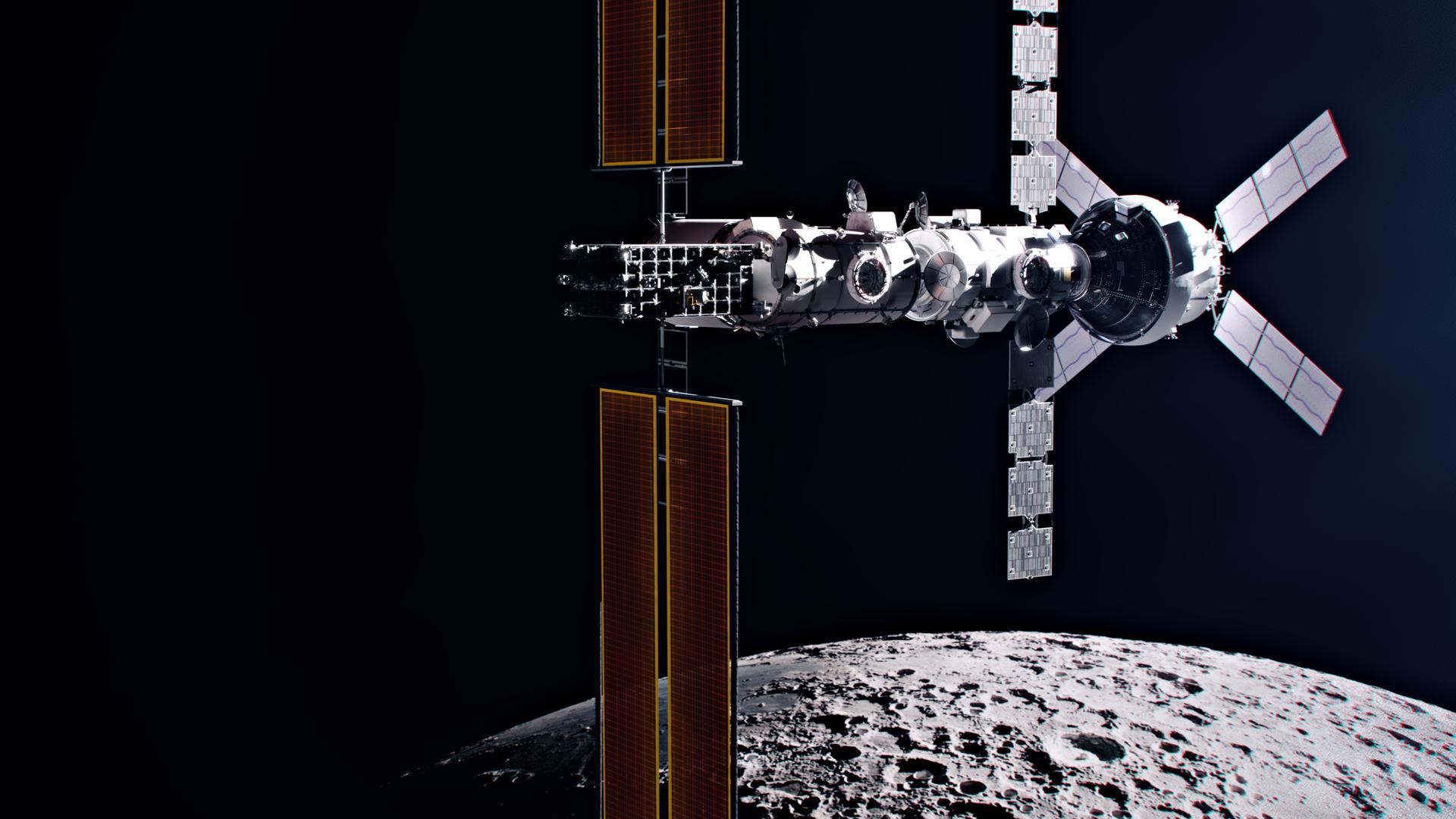The HALO module, which is the main component of the Gateway near-lunar station, was transported by a Ukrainian AN-124 airplane from Italy to the United States. This is an important step towards the realization of the project.

HALO (Habitation and Logistics Outpost) is the first residential module of the projected Gateway near-lunar station. It will be home to the Artemis missions’ astronauts preparing to land on the Moon, host scientific experiments, and serve as a testing ground for technologies and systems needed for future human missions to Mars. The station will be placed on a nearly straight halo-orbit around the L2 Lagrangian point of the Earth-Moon system.
The module was built by the Franco-Italian company Thales Alenia Space. After assembly was completed, HALO was transported by Ukrainian Antonov Airlines cargo plane from Turin to Arizona. Next, the module will undergo final configuration and testing at Northrop Grumman’s integration and test facility in Gilbert. Then, it will be transported to the Kennedy Space Center and combined with the Power and Propulsion Element (PPE) being built by Maxar.

HALO will provide space for astronauts to live, work, conduct scientific research, and prepare for a lunar landing. The module will provide command and control, data processing, energy storage, power distribution, thermoregulation, and communications and tracking via the ESA-constructed high-speed Lunar Link communications system. The module will include docking ports for the Orion spacecraft, lunar landing vehicle and other modules. It will also support internal and external science payloads, enabling research and technology demonstrations in deep space environments.
A bundle of HALO and PPE will be launched using a Falcon Heavy rocket in late 2025. The modules will take about a year to reach their target orbit around the Moon. The station is expected to accept its first crew in 2028. They will be members of the Artemis IV expedition.

It should be noted that the contract for the construction of the gateway was signed in a situation of considerable uncertainty regarding the fate of the Artemis program. The Trump administration is expected to revise (if not cancel entirely) much of its architecture as part of an effort to redirect the manned program to Mars. And Gateway is now in the greatest risk zone. However, NASA is continuing the project in the same mode as before.
Earlier we reported on Thales Alenia Space being awarded the contract to build the last component of the Gateway station.
According to NASA


